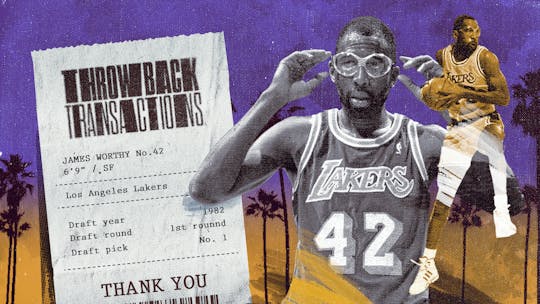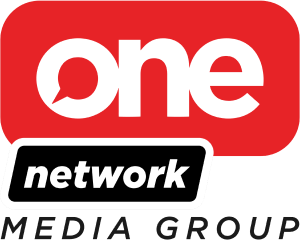Throwback Transactions is an NBA.com Philippines series that revisits notable franchise-altering NBA trades and signings.
The setup
In the NBA during the 1980s, no one knew how to value draft picks. Except for a very few shrewd front office people, most executives saw first-round picks as deal sweeteners, rather than big value targets. At the start of the decade, teams would get a better understanding, for better or worse.
The Cleveland Cavaliers, at the time, were struggling in mediocrity. Save for a few playoff appearances under legendary coach Bill Fitch in the mid-’70s, Cleveland was barely treading water when businessman Ted Stepien bought the team before the 1979-1980 season.
Unlike most new owners, Stepien wanted to make an immediate splash. In separate deals, Stepien sent all of Cleveland’s first-round picks from 1983 to 1986 to the Dallas Mavericks. In exchange, Cleveland got four veterans, one of whom was Geoff Huston who played his best basketball at Cleveland.
But Stepien was not done.
The trade
The Cavaliers had an outside chance at making the playoffs before the trade deadline of the 1979-1980 season. They needed a forward to bolster their bench so they called the Los Angeles Lakers.
Los Angeles, at the time, was only a few seasons removed from signing Kareem Abdul-Jabbar. In the offseason, they won the coin toss of a lifetime and drafted Magic Johnson with the top overall pick (coming from a much earlier deal with the New Orleans Jazz).
The Lakers were pretty deep that season. They let go of Don Ford, who at the time was a 26-year-old swingman only averaging 13 minutes for the team, and their own first-round pick. In exchange, they picked up point guard Butch Lee and Cleveland’s 1982 first-round pick.
The Lakers eventually won the 1980 title behind a legendary performance from Johnson. Cleveland, on the other hand, didn't make the playoffs that season and the next four.
The aftermath
Reaping is always fun. But when it comes to sowing, it’s almost never fun.
The Lakers stayed around the top of the West in the following seasons after their 1980 title. Cleveland cratered, turning into the worst team in the league. Without their picks, there was no way for Cleveland to properly retool.
Los Angeles ended up winning the 1982 title and then in the offseason, they used Cleveland's pick and won another coin toss to draft UNC star James Worthy with the top overall pick. Worthy earned the nickname “Big Game James” for his heroic performances in the playoffs. With Abdul-Jabbar, Johnson, and James, the Lakers won three more titles. They made Hall of Famers out of that trio and their coach Pat Riley.
Following Stepien’s trading spree, the NBA stepped in and enforced a rule that Cleveland would need league approval for any trade they make. The NBA eventually repealed the rule and installed what is now known as the “Stepien Rule'', which prevents teams from trading their first round picks in consecutive years. The NBA even gave Cleveland compensatory picks in the 1983 to 1986 Drafts to keep them afloat.
Today, our heads spin with all the protections teams apply to the picks they trade in every deal. Deciphering who owns which pick can be like trying to read through a Terms and Conditions page. The NBA had to protect teams from imploding. Now, we have teams valuing picks like their gold prospectors.




